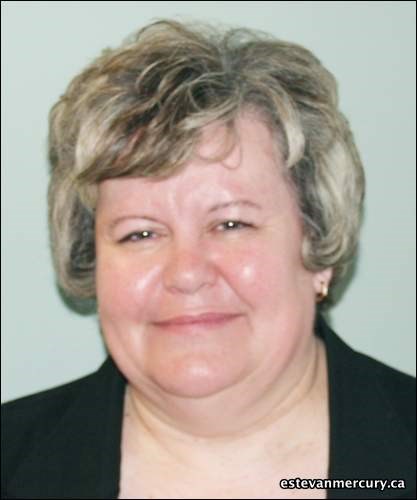It takes a lot of money to run a regional health care system. In the case of local Sun Country Regional Health Authority, an additional cost of about $10 million a year.
Information contained in the Sun Country annual reports over the years reveals the fact that everything from governance to administrative pay, contracted services, equipment and supplies increase exponentially, making it almost mandatory to add at least $10 million into the local health care money pot each and every year, barring any extraordinary circumstances.
When the local health region posted its first annual report in 2002-03, the annual budget rested in the $80 million range and rose by about $9 million the next fiscal year. The 2011-12 report indicates Sun Country's financial needs now eat up approximately $140 million to supply health-care services to its nearly 57,000 residents.
The 2,400 employees of Sun Country work from a total of 28 facilities including two district hospitals, nine health centres, three community hospitals and seven long term care facilities among others.
Wages absorb nearly 80 per cent of the total budget in this services-oriented business where patients become clients and employees take on the role of service providers on a daily basis.
Out of the $140 million that it will take to run Sun Country through to the end of this year, $124 million will come from the Ministry of Health's general revenues and another $1.8 million will be realized through other provincial sources while $11 million will come through fees paid by patients. Lesser amounts come through donations made directly to the health region, out-of-province and out-of-country fees, investment, et al.
On the expense side, the bulk of the money, as expected, is spent on inpatient and resident care, which takes up over $66 million while compensation for physicians gobbles up another $9 million and community health services (primary, mental and home health care) nearly $25 million. Support services requires about $31 million.
The entire system is bolstered by friends of the health region who provide donations to a group of supporting foundations and trust funds. Those funds are kept separate from the general operations and their revenue and expense streams since they are usually aimed in support of specific facilities or programs and are accounted for under separate financial regimes.
As noted in another article that appears elsewhere in this edition of The Mercury, Sun Country tabulates a whole host of health care indicators to track progress being made in health care services provided to the public.
On the financial side, the accounting is also fairly detailed in most categories. For instance, the operation of the affiliated hospital, St. Joseph's in Estevan currently takes up $17.7 million.The detailed financial records, however, still do not include any financial details associated with the operation of the Weyburn General Hospital.
Membership in the Saskatchewan Association of Health Organizations requires $5.7 million this fiscal year. In 2002-03, the cost to belong to SAHO was $390,000.
On the governance and administrative side, it is again noted that expenses continue to rise in direct relation to the increases in revenues. Back in 2003-04, the second full year of operations under the newly amalgamated health region set-up, the then board chairman Earl Kickley accepted a total of just over $34,000 in per diem, benefits and expense reimbursements whereas in the most recent fiscal year, outgoing chairwoman Sharon Bauche accepted a total just under $45,000 to perform her duties while Estevan's appointed representative Lori Carr accepted just over $14,500 in per diem payment, expense reimbursements and travel allowance.
In 2003-04, the chief executive officer was Lee Spencer who took a salary of $129,348, while this past year, interim CEO Marga Cugnet was awarded a posted salary of just under $200,000 and overall wage payment of just under $238,000, and Alain Lenferna, vice-president, medical accepted $271,300 as compensation.
But they were not the highest paid professionals working in the district since the financial report indicated that when it came to supplier payments, psychiatrist Dr. G.B. Suberu came out on top of the contracted services supplied by an individual with total compensation of just under $607,000 followed by Dr. Omoniyi Oyebode at over $504,000. Other medical personnel who supplied contracted service for the region included Dr. P. Fong at $250,000, Dr. Shauna Hudson, the region's chief medical officer who was paid $222,000 and Dr. Donald MacRae, a psychiatrist, at just under $76,000 while Dr. K. Sheikh supplied services for around $87,500.
Radiology Services of Regina were paid almost $322,000 for reading and translating images for Sun Country and Regina Qu'Appelle Health Region were given $160,500 for services they rendered to the region.
On the direct wage scale, of the 2,400 employees, 79 accepted wages in excess of $100,000 with the two top wages listed there as being Lenferna's and Cugnet's followed by Janice Giroux, vice-president of community programs who took home just under $162,000 and Murray Goeres, interim vice-president of facilities who accepted $157,500 in wages and then Pamela Haupstein, interim VP of finance and corporate services, at just under $144,000.
In 2010, outgoing CEO Calvin Tant, who was released by the board of directors in September of that year, was provided a severance allowance of $187,000 in 2011, while Hal Schmidt, the former vice-president of finance and corporate services who was also dismissed by the board, left without a severance package.




